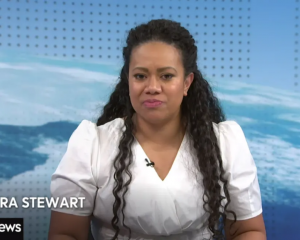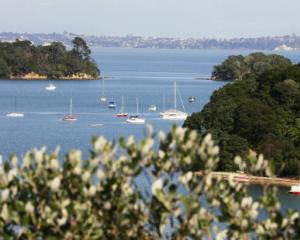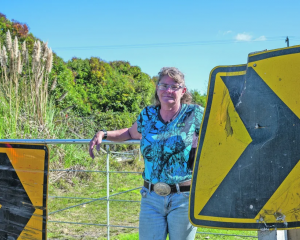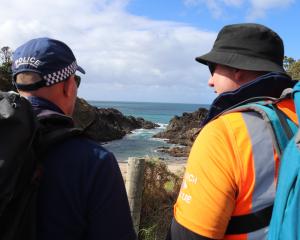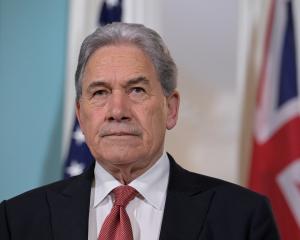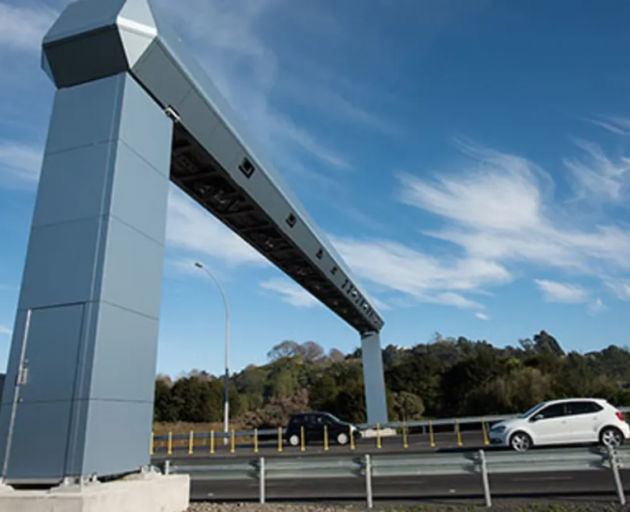
Transport Minister Simeon Brown is being encouraged to look at tolling existing roads to relieve pressure on strained transport funding.
At present only new highways can be tolled to help pay for them, and only when there is a free alternative route.
But officials have told Brown they wanted to talk to him about exploring congestion charging "and/or relaxing the constraints on tolling legislation to include, for example, the tolling of existing roads".
"Currently tolls can only be applied to new roads where there is a free alternative. Legislation could be changed to allow tolls on existing roads," they said in advisories released to RNZ by the minister under the Official Information Act (OIA).
These also show the officials have taken this further.
"We have identified potential changes to legislation that would help us to simplify our systems and in turn reduce costs of the tolling system," a briefing in February said.
The government has already promised to reform tolling laws and spread the technology. RNZ has asked Brown if as part of this, he was considering tolling existing roads.
But the current systems - used on just three highways - are highly inefficient, swallowing a third of the fees, which are ringfenced to pay for each road - $11m out of the $35m goes on operations. Moves on both the legal and tech fronts aim to tackle this.
"Legislative change could address issues like high collection costs and limited scope for application," a draft discussion paper to Brown said.
"The broader settings could be relaxed further to encourage greater use of tolling."
In turns, "the operating costs of tolling... are expected to reduce over time as more schemes are added".
On the tech front, the New Zealand Transport Agency / Waka Kotahi recently signed a $39m contract for new tolling back office tech that could also support congestion charging.
"Longer-term efficiencies could also be gained through a single system," officials told Brown.
The tech was meant to be in place by now, but had been delayed.
The agency forced RNZ to go through the lengthy OIA process in order to get an update on where the project was at.
Other barriers remained, the minister was told: New Zealanders had a "low willingness" to pay tolls and were likely to take an alternative route, resulting in slower and less safe travel.
This goal remained "a more sophisticated, nationwide rollout of time and location-based charging" including electronic road user charges, tolls and congestion charging.
Brown has received at least nine documents about tolling or congestion charging; he withheld several in full from RNZ mostly on the grounds of keeping advice confidential, including one in January about "time of use (congestion) charging and tolling design choices", and one last month about congestion charging "amendments".
He has told Waka Kotahi and the Ministry of Transport to look at incorporating tolling much more into funding, and they were due to report back mid-year.
Waka Kotahi's policy was to assess not just all new state highways but also "significant upgrades to existing" ones for tolling.

It was imposing a "new expectation" for Waka Kotahi to "consider tolling to support the construction and maintenance of all new roads", including its 15 new Roads of National Significance, its draft government policy statement (GPS) on transport said last month.
"Increased tolling on new roads will protect existing funding."
This would be paired with congestion charging, the GPS said.
Congestion charging was a "behaviour change tool and has the lowest revenue potential compared to the other tools", one newly released document said.
But because it could put motorists off making trips or encourage them on to public transport, and so reduce the need for new infrastructure, the savings were "essentially the equivalent of revenue", it said.
Most roads still lacked the volume of traffic to make tolls work, the papers said.
They also noted recent "public backlash" in Norway and Australia where tolls were fairly widely used. Those countries' tolls are typically higher than in New Zealand.
The most likely new highways to next get tolled are the Ōtaki to Levin highway and Takitimu stage one north of Tauranga. Brown was likely to get proposals for these, the papers said.
Tolling on Penlink, being built near Whangaparāoa, was approved by the previous government but opposed by officials partly due to inefficiency: "The Ministry of Transport advised that the proposed tolling scheme was not in its view efficient or effective."
A Penlink toll requires Simeon Brown's approval to push it through and would be costly, at $21m to buy and install the gantries - and fancier, allowing for peak and offpeak toll rates for the first time, the papers showed.





